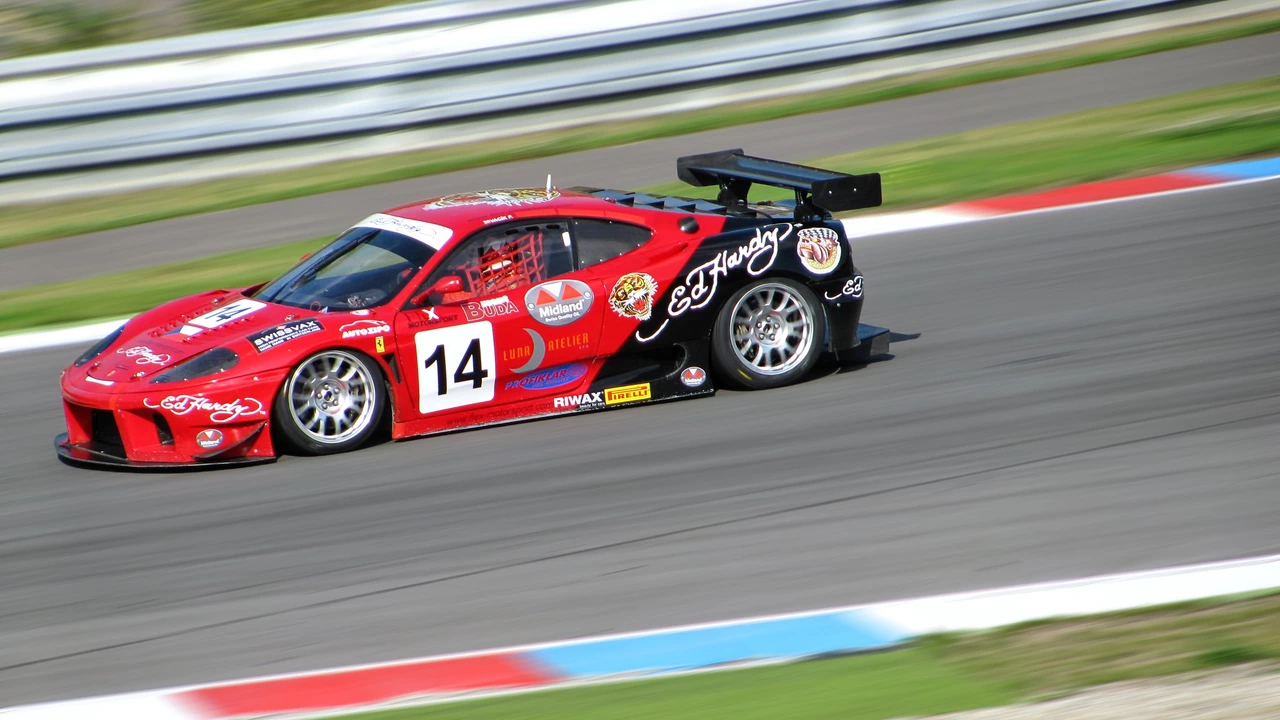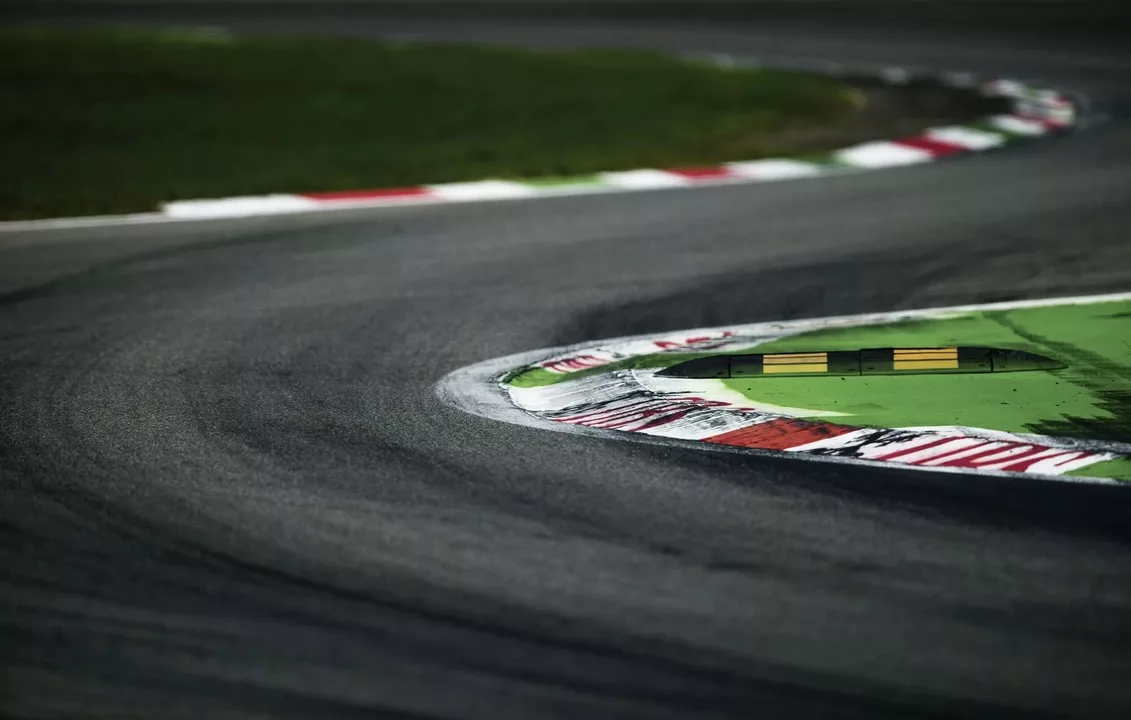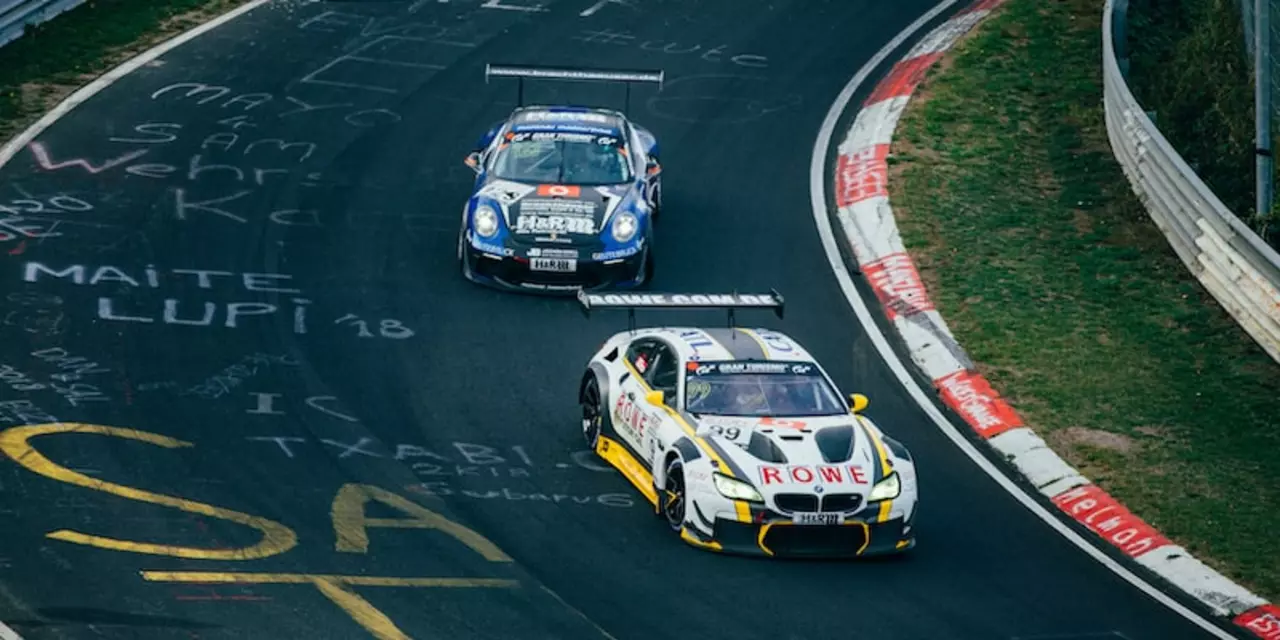Motorsport – Latest Racing News, Tips & Stories
Welcome to the hub where every motor‑lover finds something to fuel their passion. Whether you love the roar of a V8, the squeal of a tyre on a tarmac, or the buzz of a bike at 200 km/h, this page gathers the best bits from our blog. You’ll get quick reads, solid facts and a few hot opinions that keep the conversation rolling.
Why Motorsport Matters to You
Motorsport isn’t just about speed; it’s a showcase of engineering, skill and pure adrenaline. Every race pushes technology forward – think lighter chassis, smarter aerodynamics and safer brakes. Those breakthroughs end up in everyday cars, so the next time you hit the road you’re benefiting from the same tech that wins a Grand Prix.
Explore Our Top Posts
Looking for a quick win? Check out the article on why racing cars rarely crash despite high speeds. It breaks down driver training, car design and track safety in plain language, so you can understand how the sport stays thrilling yet controlled.
If you’re torn between F1 and IndyCar, our comparison piece dives into the skills each driver needs. No jargon, just a side‑by‑side look at precision versus adaptability – perfect for fans who love a good debate.
Motorbike fans will enjoy the deep‑dive into the TT (Tourist Trophy) and why it’s still the world’s most daring bike race. We also cover KTM’s quest for a MotoGP win, detailing the upgrades that could finally put them on the top step.
Curious about the future of street racing? Our look at the most suitable city for spontaneous runs (spoiler: it’s not a green‑light invitation) balances the thrill with a reminder to keep it legal and safe.
Thinking motorsport is dying? The article on the sport’s current challenges – from viewership dips to e‑sports competition – offers a balanced view and points out the growth areas that could keep the engines humming.
Every post is written to be quick to read and full of practical insight. We avoid fluff, stick to real examples and invite you to weigh in with your own thoughts. Got a favorite driver or a hot take on a recent race? Drop a comment and join the chat.
While you’re here, remember Jasmine Motorsport UK isn’t just about articles. We also supply high‑performance parts and tuning services for anyone who wants to bring a bit of track magic to their own ride. Browse the site, see what fits your car, and keep the performance edge sharp.
Ready to rev up your knowledge? Click through the posts that catch your eye, share the ones that surprise you, and stick around for the latest updates. Motorsport moves fast – stay in the driver’s seat with us.

How is race car driving a sport?
Buckle up, folks! We're about to fast and furiously dive into why race car driving isn't just a hobby for adrenaline junkies, but a bona fide sport! Now, I know what you're thinking, "What? But they're just sitting and driving, I do that on my way to work!" Well, my friend, it's not just about revving engines and burning rubber. These speed demons must possess top-notch physical endurance, sharp mental acuity, and the strategic prowess of a chess grandmaster - all while maneuvering a metal beast at breakneck speeds! So, next time you're stuck in traffic, remember - it's a far cry from the exhilarating, sweat-drenched, pulse-pounding world of professional race car driving!
View More
What is the difference between a dogleg and a chicane?
A dogleg and chicane are both types of turns in a race track. A dogleg is a 90 degree turn that curves in one direction and then curves back in the opposite direction. A chicane is a series of alternating left and right turns, often with small straightaways in between. Both are used to slow down the cars and improve safety. Doglegs can also be used to create a more exciting track layout. Chicanes, however, are more frequently used on tracks where safety is of utmost importance.
View More
What's the greatest moment of car racing history?
Car racing has been around for centuries and has provided countless moments of excitement and drama. The greatest of these moments are difficult to narrow down to just one, but some of the most memorable include the ‘miracle’ finish of the 1982 Monaco Grand Prix, the first ever World Championship win by a driver of colour, and the first female F1 driver win in 1976. Other great moments include the first all-electric Formula E championship win and the first driver to win the Triple Crown of Motorsport. All these moments have stood the test of time and have become part of car racing history.
View More



